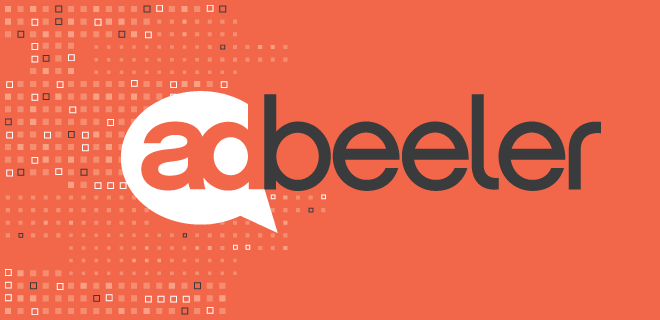
(AdBeeler is a monthly column from AdMonsters’ Chair and PubForum legend Rob Beeler.)
Get ready to add a new phrase to your ad tech lexicon: TAG Certified Channel.
Remember the beginning of 2017? If a full flashback on the events of this year is too painful, I’ll remind you that at the IAB Annual Leadership Meeting, Marc Pritchard from Procter & Gamble famously proclaimed he wasn’t going to take any more shenanigans from the digital advertising world anymore (I’m paraphrasing – “shenanigans” is my choice of words). One specific demand he made was that he wanted everyone to be TAG compliant by the fall of this year. What resulted was a mad rush of everyone that gets P&G ad spend to get in line to get certified, even if they didn’t understand what that meant.
The Trustworthy Accountability Group (TAG) was created by the American Association of Advertising Agencies (4A’s), Association of National Advertisers (ANA), and Interactive Advertising Bureau (IAB). It’s a cross-industry, self-regulatory program to help stomp out fraudulent traffic, malware, and piracy, and to promote greater transparency in digital advertising.
To get TAG certified means following a process TAG has outlined to demonstrate the company follows best practices to prevent (or at least mitigate) the amount of fraud in the system. Essentially, it’s agreeing to do a self-audit, share the results and have a compliance officer to help keep things in line.
Since the Pritchard announcement, TAG certification has been a big topic at the Publisher Forums and on the AdMonsters listserv, and it will continue to be as we work to establish best practices and help publishers get through it. However, for all the questions about the process, the cost and so on, the biggest question by far has been: Why? Why do I/should I get TAG certified?
Part of the answer to that question was answered this past Thursday, with the release of the TAG Fraud Benchmark Study, conducted by TAG and The 614 Group. (Full transparency: I helped with some of the interviews and overall analysis.) TAG worked with 6.5 billion impressions all served through TAG certified companies, and found that the invalid traffic (IVT) percentage was significantly lower than the estimates from some of the major players in the space. The research showed a drop in IVT to 1.48%.
Enter into the ad tech lexicon TAG Certified Channel: when a TAG certified agency buys through a TAG certified platform that gets impressions from a TAG certified supply side platform or publisher.
Part of the pushback on TAG by ad operations has been the fact that it’s not a technical solution, which is understandable. Ads.txt and now ads.txt Plus, while simple, does allow for buying platforms to automatically select ads.txt-enabled publishers to be considered. TAG does none of that. What it does is give brands and agencies a choice of selecting solutions and publishers that agree to the same approach to reducing fraud. That alone is a step forward.
Circling back to Mr. Pritchard, who helped kick TAG into a higher gear, I’m going to make a prediction (and I have zero information to back this up, by the way) that at the next IAB Annual Leadership Meeting event in January, we might hear of other brands getting behind the idea of requiring TAG. If it’s not at ALM, I’m sure it’ll happen at some point next year. I think with that momentum, more companies will get TAG certified, and I see the TAG compliance requirements evolving. Just like ads.txt, a TAG Certified Channel could be a buying option among the major DSPs.
Hopefully next year the brand safety stories will be of brand safety successes, and not failures.